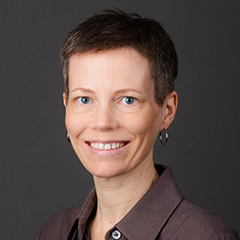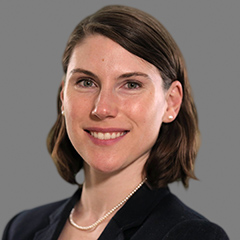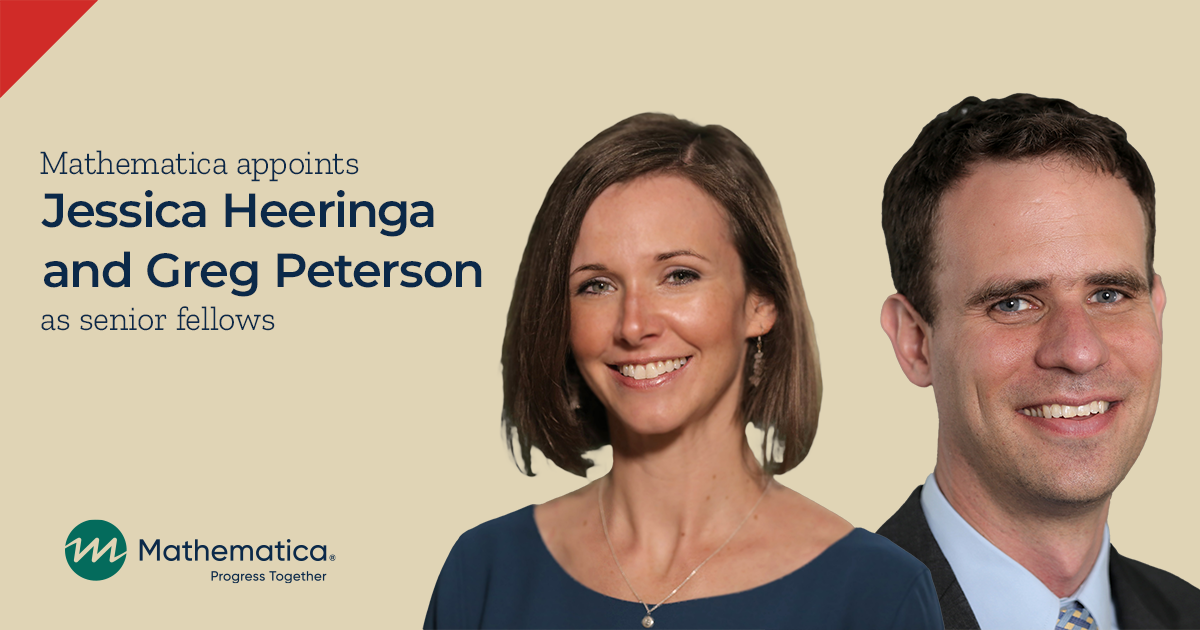With the passage of three ballot initiatives to expand Medicaid in the midterms, the issue of Medicaid expansion is back in the news. As of November, 36 states plus Washington, DC, have decided to expand Medicaid.
In several states, the opportunity to use section 1115 Medicaid demonstrations to customize expansions to fit their policy and political contexts was critical to their decision to expand Medicaid. Dubbed “section 1115” after a piece of the law that governs Medicaid, these demonstrations allow states to implement and test new approaches to administering Medicaid programs.
When Congress passed the Affordable Care Act in 2010, it sought to make health insurance coverage accessible for all Americans. One component of the law—the expansion of Medicaid—was intended to cover adults whose near-poverty incomes had previously been too high to qualify for public health insurance. But a 2012 Supreme Court ruling on the Affordable Care Act limited the potential scope of the Medicaid expansions by allowing states to choose whether to implement them. Although evidence suggests that eligibility expansions improve coverage and access to care, many state policymakers were concerned that other considerations, such as Medicaid’s already significant and growing share of state budgets, might outweigh the potential advantages of expansion.
To encourage states to expand income eligibility for Medicaid, the Centers for Medicare & Medicaid Services (CMS) approved several section 1115 demonstrations. Arkansas’s Private Option was the first alternative Medicaid expansion demonstration to be approved. Arkansas expanded coverage through a premium assistance model, using state and federal Medicaid dollars to purchase coverage for eligible adults through qualified health plans in the Marketplace. Iowa and New Hampshire soon implemented similar policies. Other states applied for and received section 1115 authority to require or encourage the new adult group to pay monthly premiums, or to use financial incentives to encourage beneficiaries to obtain preventive services or pay attention to the cost of their care. Between 2014 and 2016, six states—Arkansas, Indiana, Iowa, Michigan, Montana, and New Hampshire—implemented alternative Medicaid expansions with one or more of these policies.
In addition to providing state flexibility, section 1115 demonstrations also generate evidence that states and the federal government can use to design future Medicaid policy. As these new demonstrations took effect, CMS contracted with Mathematica to assess the implementation and outcomes of several section 1115 demonstration types. This cross-state evaluation adds to evidence already produced by required state-based evaluations. From 2015 to 2017, Mathematica developed a series of issue briefs on the alternative Medicaid expansions, newly released by CMS, to understand states’ implementation experiences, communicate early challenges and successes, and inform our approach to the ongoing outcomes evaluation.
Here’s what we learned from the implementation analyses:
- States have been ambitious with their demonstration designs. Several states adopted more than one alternative expansion policy, often bundling premium payment policies and behavior incentives. Three states use reduced payments as the incentive for beneficiaries to obtain preventive care, and a different set of three states implemented beneficiary accounts to draw beneficiaries’ attention to the cost of care.
- To understand the successes and challenges of each demonstration, we need to understand the nuances of implementation experiences. For example, we learned that health plans contracted to state Medicaid agencies have implemented plan-specific behavior incentives, which the health plans layer on top of demonstration incentives. This complicates the link between demonstration policies and outcomes. We also learned that beneficiaries don’t always understand demonstration incentives, even if the number of beneficiaries receiving recommended care makes it appear that incentives are affecting behavior. And we learned that monthly premium policies vary tremendously in terms of payment amount, payment timing, nonpayment consequences, and other aspects of policy design. This variation, and the variation in the number and share of beneficiaries exposed to premiums across states, matters for how we assess the effects of such policies on enrollment.
- Premium assistance programs experienced mixed implementation success across states. Although premium assistance has the potential to smooth coverage transitions between Medicaid and the Marketplace, and implementation of mandatory wraparound benefits was not as difficult as some stakeholders thought it would be, the demonstrations proved challenging because of the need for intensive interagency and public–private coordination. Arkansas’s premium assistance demonstration continues under a new name (Arkansas Works), but it will soon become, once again, the only one of its kind. Iowa closed its premium assistance demonstration at the end of 2015, and New Hampshire likewise plans to transition to Medicaid managed care in 2018.
States and CMS continue to signal interest in making changes to Medicaid eligibility and coverage policies for expansion adults, although focus has shifted to community engagement requirements. CMS has also begun to approve such policies for states that have not expanded coverage, starting with Wisconsin.
Even as the policy landscape continues to shift, insights into the implementation of early alternative Medicaid expansions can inform the design and implementation of future eligibility and coverage demonstrations and might provide a path to more state expansions. Evidence from these demonstrations can help states avoid potential pitfalls in coverage design and point to promising strategies for covering poor and near-poor working-age adults.



